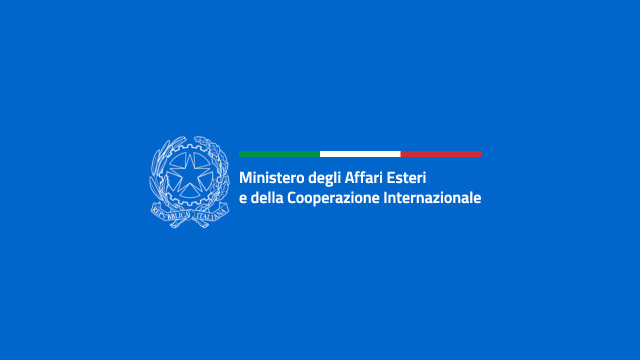The Italian Ambassador to Athens, Patrizia Falcinelli, went on a mission to Crete this week.
The Ambassador reached the island, the fifth largest in the Mediterranean Sea, together with the Head of the 3rd Department of the General Command of the Capitaneria di Porto (Harbour Masters), Admiral Aulicino, onboard an ATR 42 flight of the Harbour Master Corps – Coast Guard, used for wide-area air patrols at sea. Upon arrival, she hosted local authorities and members of the Iráklion Parliament at an event on board the “Bruno Gregoretti” naval unit, which is currently engaged in a joint Italian-Greek-Cypriot mission to combat illegal fishing activities supported by the European Fisheries Control Agency – EFCA.
There were numerous bilateral meetings, starting with the President of the Region Arnaoutakis and the Mayors of Iráklion and Chania, Lamprinos and Simandirakis. To all of them, the Ambassador expressed Italian solidarity for the recent earthquake that hit Crete and the desire to strengthen the already excellent cooperation between the Italian and Greek Civil Defence.
During the talks, they discussed how to deepen relations with Crete, particularly in the tourist, cultural and economic spheres, both as regards the opportunities for Italian companies offered by the infrastructure projects co-financed by the Recovery Fund and in the agricultural and agri-food sector, a significant driving force of the Cretan economy.
Concerning the latter sector, the possible negative repercussions on Greek and Italian food products of specific proposals, discussed at the European level, to revise the front-of-pack labelling system were discussed.
The central theme of the mission was also cooperation in the cultural sphere. On Monday, a photographic exhibition celebrating the contribution of foreign archaeological schools in Crete, including the Italian Archaeological School of Athens, was inaugurated at the Archaeological Museum of Heraklion. In a meeting with the Rector of the University of Crete, the Ambassador recalled the support of the Ministry of Foreign Affairs and International Cooperation for the Italian language teaching programme running for years at the University and discussed possible new collaborations between the University of Crete and Italian universities.
The culture was also the focus of two meetings with the Italian community, in Heraklion and Chania. The Ambassador also illustrated to her compatriots the changes, already introduced or defined, to improve consular services.
Finally, the Ambassador visited the NATO Maritime Interdiction Operational Training Centre (NMIOTC), a state-of-the-art NATO training centre for improving the capabilities and interoperability of Allied and Partner troops in maritime interdiction operations. The Commander of the Centre, Admiral Thymis, thanked the Ambassador for the valuable support of the Italian Armed Forces to the NMIOTC, of which Italy is the Sponsoring Nation, and for the Italian contribution to the collective security of the Allies, particularly in the Mediterranean.
At the end of the mission, the Ambassador, together with the Military Attaché Colonel Moioli, paid homage to the victims of the sinking of Sinfra and Petrella steamers. The ships were crammed with Italian prisoners of war who, after 8 September 1943, had refused to collaborate with the Wehrmacht. The two ships were bombed by aircraft and submarines. They sank off Crete, taking thousands of Italian nationals with them, partially killed by Nazi troops because they attempted to escape. A wreath was laid in their honour at the stele on the road between Iraklion and Chania.


